Toolbox in Action
Explore how participatory meanwhile interventions unfolded in the context of seven regeneration initiatives across Europe & Asia.
Particularly suggested for policy-makers, practitioners, and researchers.
About
Amsterdam Science Park
Amsterdam Science Park (ASP) is situated in the Amsterdam Eastern district, surrounded by a park, waterside, highway and train track and local neighbourhoods. The Amsterdam Science Park campus currently holds the highest concentration of university science education and research organisations in the Netherlands, and one of the highest in Europe. In addition, 170 knowledge-intensive companies, from startups to multinationals, make the park a hub for education, research, innovation and entrepreneurship in the field of ICT, life sciences, high tech materials and sustainability.
The development of the park in its current science-oriented function was initiated in 1946 and has been developed since the mid 80’s, with the ASP masterplan being initiated in 2003 and revised in 2019. The latter ‘Development Vision’ report runs until 2028, demonstrating the advanced stage of this urban area in development and existence of established practices on site. The latest update to the masterplan from 2019 subscribes to the following four strategic development goals: 1) Colouring: a ‘programmatic colouring’ of the area, with a certain mix of functions, which creates an optimal interaction environment, with a rich palette of qualities and facilities. 2) Densification: Adding a building programme to initiate the desired ‘colouring’, and to give certain functions ‘critical mass’ so that they can have even more impact nationally and internationally. 3) Interweaving: Stronger internal and external relationships through better routes in public space and traffic connections with the city and region and 4) Sustainability: Showcasing the top position in science with sustainable designs and techniques that also contribute to the liveability and environmental quality of the campus.
The site is of ecological significance to the province of North Holland in general and to its surroundings in particular. It functions as an ecological corridor, connecting biodiverse areas in the east and south of Amsterdam with waterways in the north of the city. Therefore, the ASP is given special consideration in terms of development and protection of ecological systems in urban environments.
Challenges and opportunities for Meanwhile intervention
The T-Factor pilot at the ASP looks at temporary uses as ways to ‘renew the fundamental relationship between nature and humans in cities‘. Temporary uses are seen as drivers for a green and nature-driven regeneration, supporting and enhancing the further development of the ASP towards long term objectives of sustainability, health and wellbeing and, overall, quality of life. Through this challenge, the meanwhile strategy aims to investigate how community interventions, arts-led practices, and urban greening and wilderness can be brought together to advance novel new ways of understanding and designing the living environment.
City: Amsterdam
Country: Netherlands
Location: Amsterdam Eastern District
Scale: 70 Hectares
Investment: €220M in 2010-2016 and €350M in 2017-2022
Governance: Public Private Partnership: City of Amsterdam, University of Amsterdam and the Netherlands Organisation for Scientific Research
Timeline: 2023 – 2028
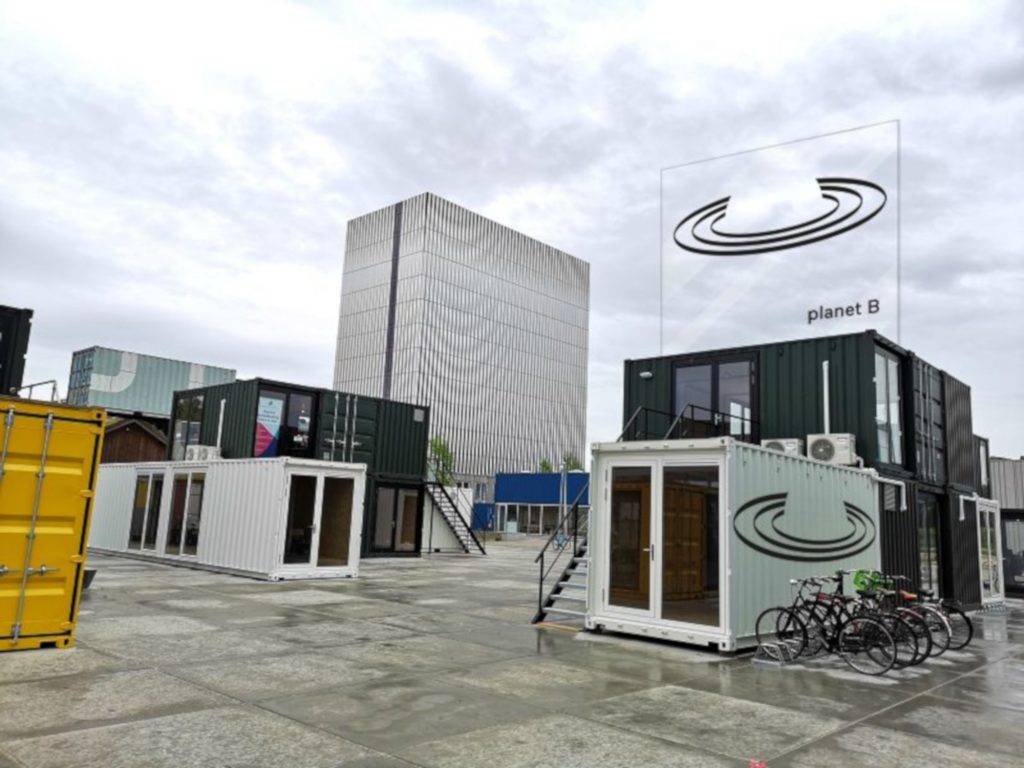
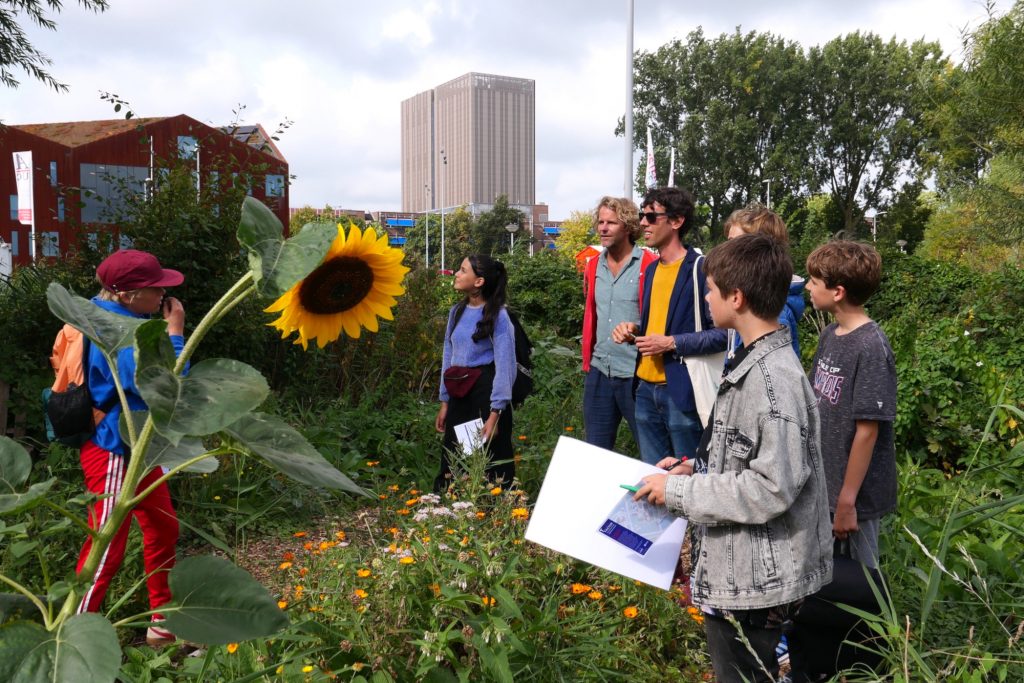
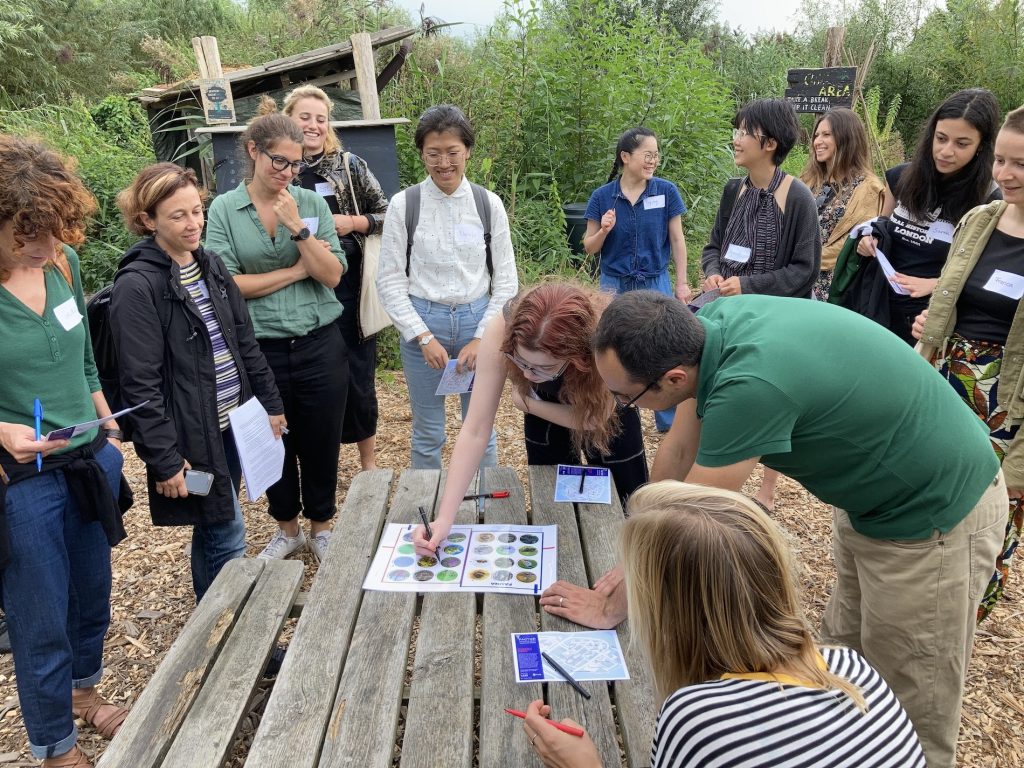
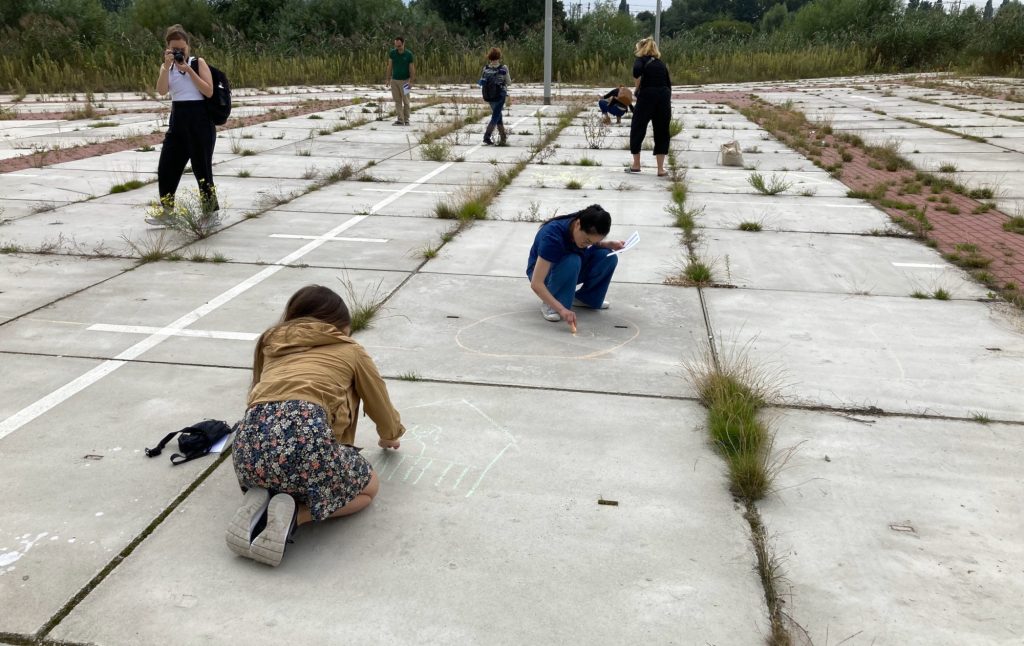
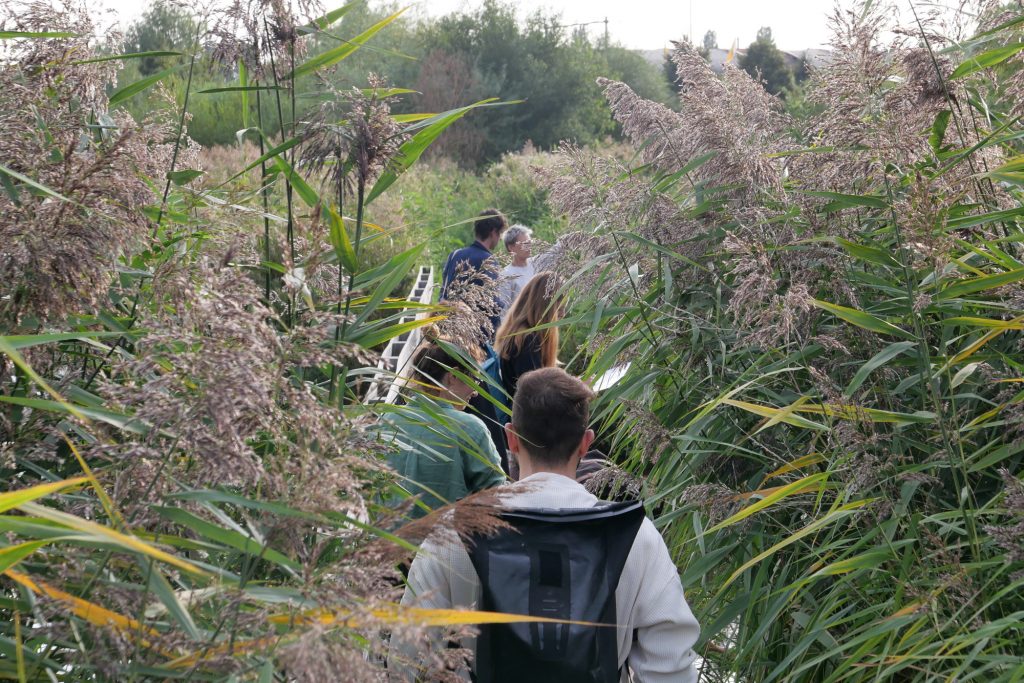
Privacy Overview
| Cookie | Duration | Description |
|---|---|---|
| cookielawinfo-checkbox-analytics | 11 months | This cookie is set by GDPR Cookie Consent plugin. The cookie is used to store the user consent for the cookies in the category "Analytics". |
| cookielawinfo-checkbox-necessary | 11 months | This cookie is set by GDPR Cookie Consent plugin. The cookies is used to store the user consent for the cookies in the category "Necessary". |
| CookieLawInfoConsent | 1 year | Used to save user's preferences about the cookies. |
| PHPSESSID | session | Preserves user session state across page requests. |
| viewed_cookie_policy | 11 months | The cookie is set by the GDPR Cookie Consent plugin and is used to store whether or not user has consented to the use of cookies. It does not store any personal data. |
| Cookie | Duration | Description |
|---|---|---|
| _ga | 2 years | This cookie is set by Google Analytics. It is used to identify unique users and it expires after 2 years. |
| _gat | 1 minute | This cookie is set by Google Analytics. It is used to by Google Analytics to throttle request rate. |
| _gid | 24 hours | This cookie is set by Google Analytics. It is used to identify unique users and it expires after 24 hours. |